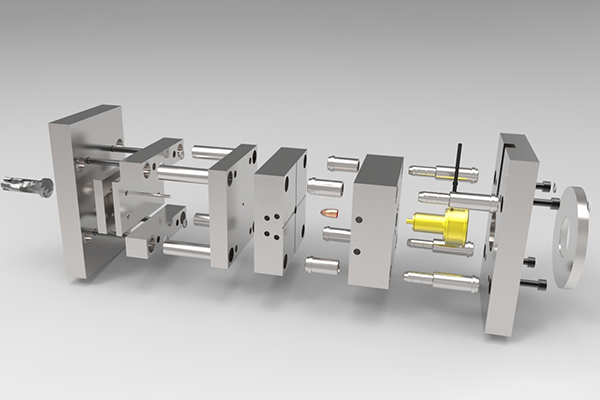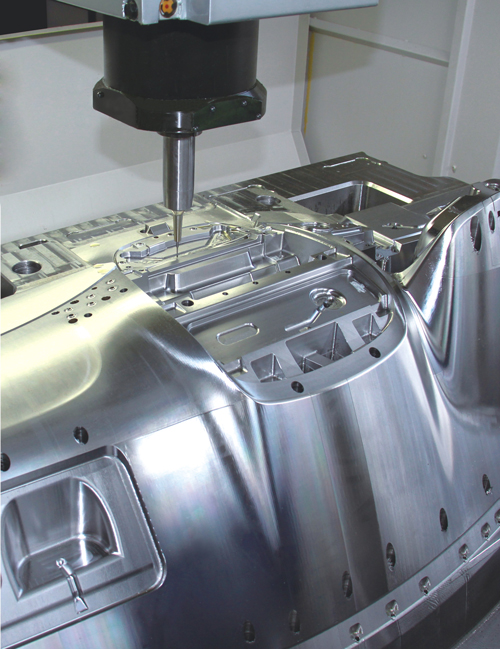The mould used for injection moulding is called an injection mould, which is usually composed of two parts. One part is called the female mould, or cavity, and the other part is called the male mould, or core.
In our daily life, all plastic products or plastic accessories we use are basically injection moulded. Injection moulding is just a method of manufacturing and moulding, and it is closely related to injection moulds. In short, if there is no injection mould, this plastic product cannot be produced and moulded.

The plastic is heated and melted in the barrel of the injection machine. When melting, the screw rotates continuously to make the material melt evenly. When the plastic is melted, the molten material in the barrel is pushed through the nozzle and quickly injected into the closed mould cavity at a certain pressure and speed.
After the molten material flows into the cavity, the temperature of the cavity wall is much lower than the temperature of the material, so the molten material is quickly cooled. At this time, the requirements for the strength and rigidity of the mould are also quite large. If the rigidity of the mould is insufficient, elastic deformation is likely to occur during injection moulding, which will not only affect the accuracy of the injection moulded part, but also cause difficulty in demolding in severe cases. If the strength of the mould is not enough, the strong clamping force can deform or even damage the mould when closing the mould.
When the cavity is filled, the injection is stopped, but the injection pressure still needs to be maintained for a period of time. This is to prevent the unsolidified melt in the cavity from flowing back.
After the plastic part is cooled and solidified in the mould cavity, the plastic part must be ejected when the mould is opened. Generally, the plastic part is not completely solidified when the mould is opened, and its interior is still relatively soft. Therefore, the number, size and distribution of the ejector pins must be reasonable, which should be paid attention to when making the mould.
Flashing
This is the remaining material on the plastic part that overflows into the gap between the mould and the mould surface during the moulding process.
Weld marks
In the process of injection or extrusion, several streams of material flow and merge in the mold. The melts are not completely fused at the interface and cannot be fused together, resulting in fusion marks and affecting the appearance quality and mechanical properties of the plastic parts.
lack of material
This is due to the unsatisfactory filling of the cavity, resulting in incomplete and incomplete shape of the plastic part.
wave flow mark
Due to the improper flow of the molten material in the mold cavity, the surface of the plastic part has the defects of annual ring-shaped, spiral-shaped or cloud-shaped waveforms.
